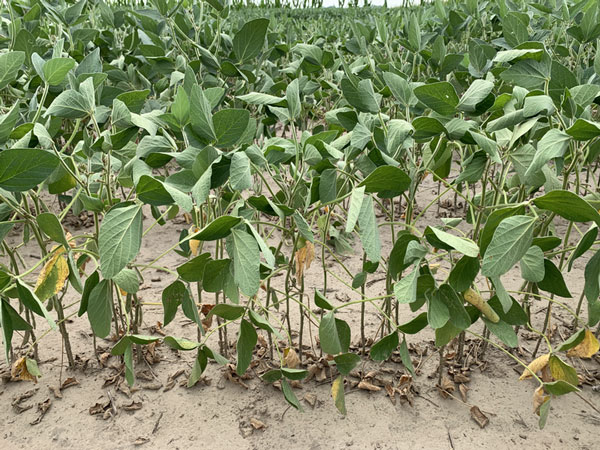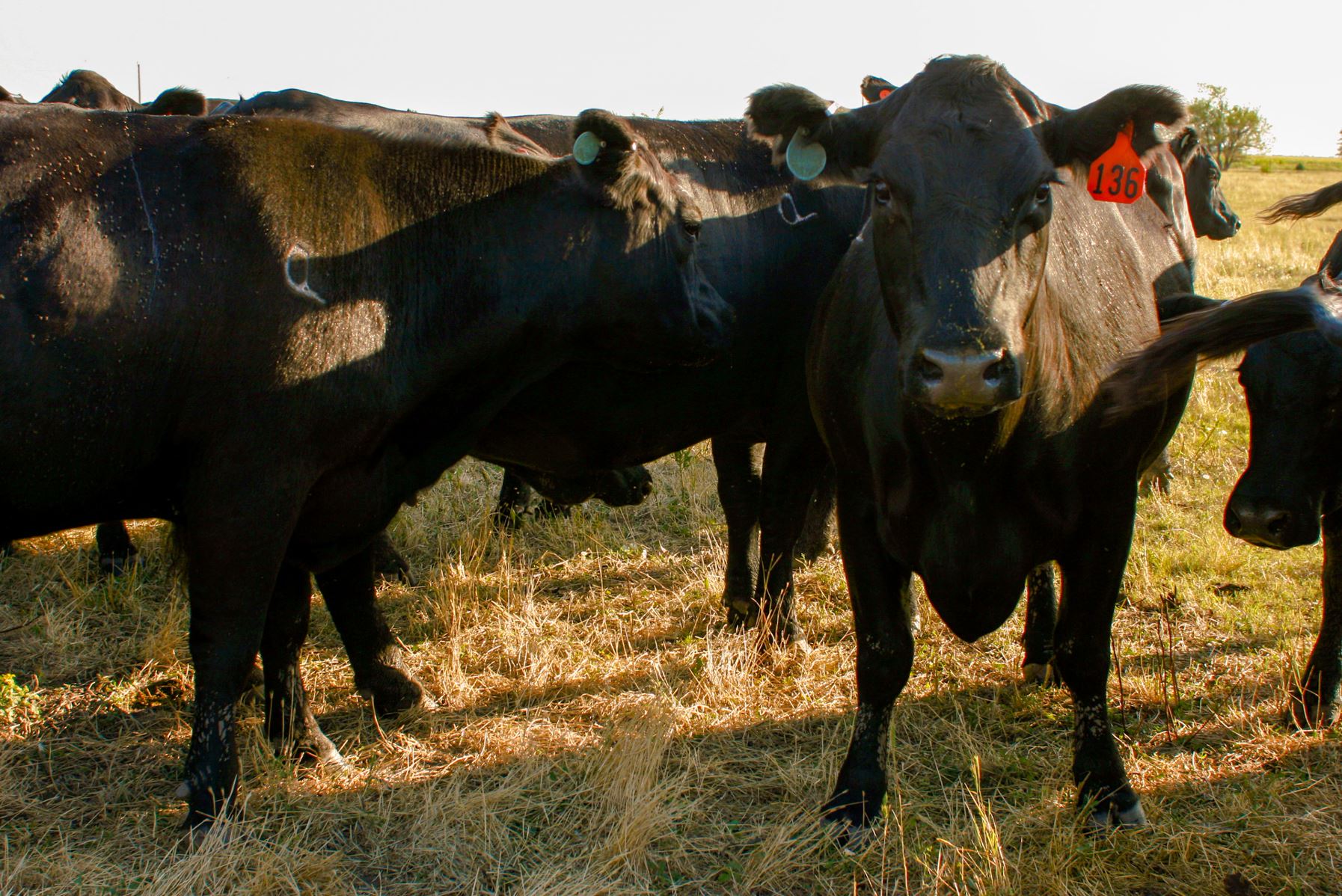Weather conditions are unpredictable and have a major effect on production. More than 95% of Missouri counties are experiencing some level of dryness, with the most intense being felt in central Missouri as of August 2023. Droughts not only affect plants and livestock but also pose a threat to many people’s livelihoods.
Droughts are considered natural disasters due to the damage they have to the entire ecosystem. Some of the impacts include loss in plant growth; an increase in fire and insect outbreaks; and altered rates of carbon, nutrient and water cycling.
“You can’t plan for drought, but over the years we’ve found certain approaches that work for us,” said Roger Paulsmeyer, farmer from Osage County.
Growers can only project so far ahead for drought’s effects on the planting season. With that in mind, here are some ways to help alleviate the effects of drought and some ideas on how to make the farm more drought-proof.
In terms of irrigation, look at all types of irrigation systems that may be appropriate for your operation and pick the one that best conserves the most water.
In southeast Missouri, a lot of farmers are implementing furrow irrigation using poly pipes.
“This type of irrigation is used in southeast Missouri because the land is flat and at a specific grade to let the water flow down the entire row,” says Dylan Anderson, Missouri Soybeans field services coordinator.
In this type of irrigation, the poly pipe is laid across the field and the holes allow water to flow down the furrow row. The furrow should be deep enough to accommodate about 50% of the poly pipe’s diameter and 100% of its width to avoid any rolling to the side. The trench should be built up to an elevation slightly higher than that of the irrigated furrows.
“Many people in the bootheel are using center pivots too,” said Anderson. “Center pivots are probably the most common type of irrigation in the state.”
Also called water-wheel or circle irrigation, center pivot irrigation involves equipment that rotates around a pivot as crops are watered with sprinklers. A circular area centered on the pivot is irrigated, often creating a circular pattern in crops when viewed from above. Most center pivots were originally water-powered, however today most are propelled by eclectic motors.
To assist with drought, try contacting a local weather master to find out the legalities of building ponds on your farm. Ponds can help prevent soil erosion and protect water quality by collecting and storing runoff water. It’s important to understand the water scheduling needed for your crops. Many farmers tend to overwater, so make sure crops are watered at precise and approximated intervals.
For example, beans will take advantage of more frequent waterings at shorter durations. Also, it is common practice to store water in ditches along fields called ditch networks. Ditch networks are common on arable farms and perform vital drainage functions that help create favorable soil conditions. Installing devices such as propeller meters or an acoustic meter that help measure water usage can also assist growers.
Along with measuring water usage, if possible, try utilizing water from deep aquifers instead of surface water. This is because groundwater typically contains fewer contaminants than surface water. Plus, it’s also less expensive and easier to treat. Producers can try conservation tilling fields to help improve the water-holding capacity of soil and reduce evaporation and erosion.
“We usually do minimum or no-till before planting and cultivate shallow water to preserve the moisture in the soil,” said Paulsmeyer.
Utilizing conservation practices can also reduce runoff and encourage the infiltration of water into the soil. Farmers could also maintain and establish riparian buffers, filter strips, grass waterways, and other types of conservation buffers near streams and other sources of water.
Drought impacts all farmers and is something simply unavoidable. With no way around drought, sharing these ideas allows farmers to explore other options and the proper precautions to lessen the impacts. This list provides different ideas that farmers can implement depending on which approach fits best for their farm.
Resources like the ones on the Missouri Department of Natural Resource’s website also provide farmers with reports and maps allowing farmers to read and see visual on the impacts of drought and differing conditions. To find more information on the drought impacting the state, please explore Missouri Soybean’s drought resources at mosoy.org.


